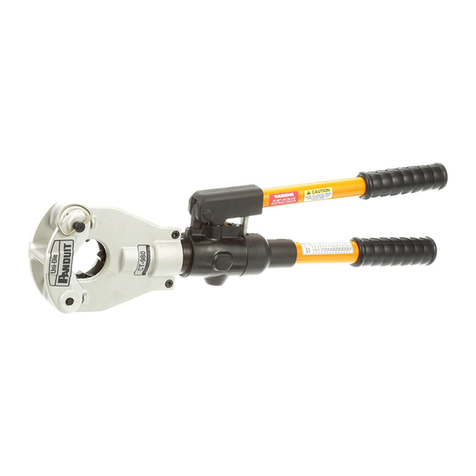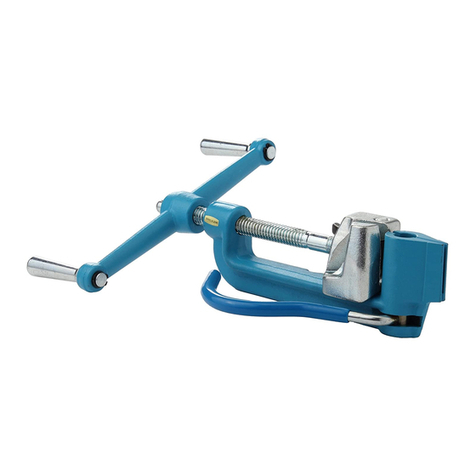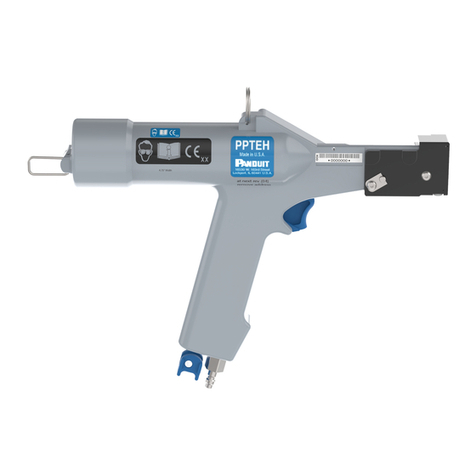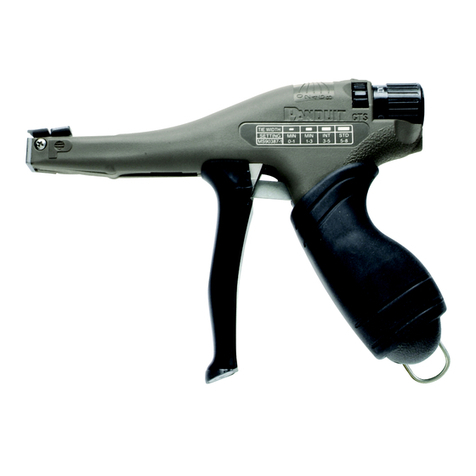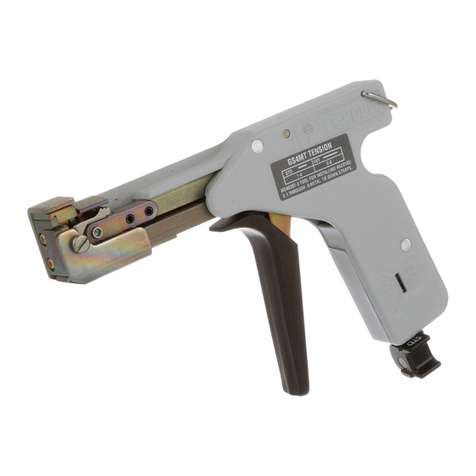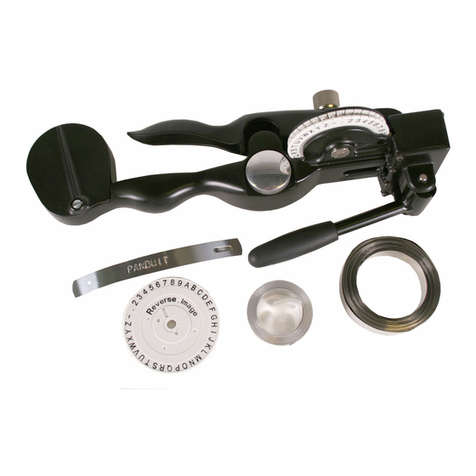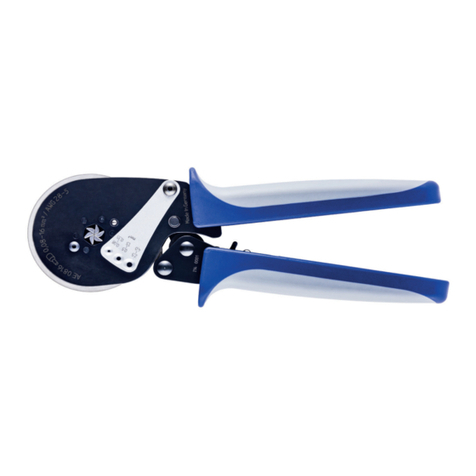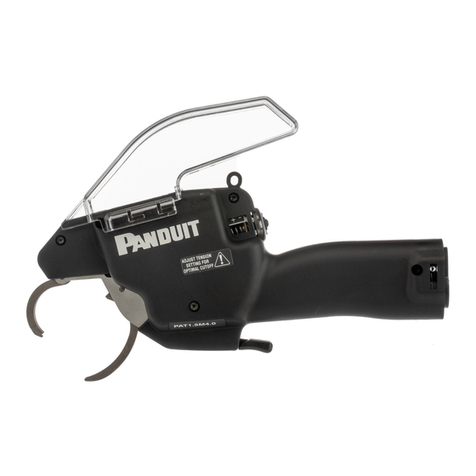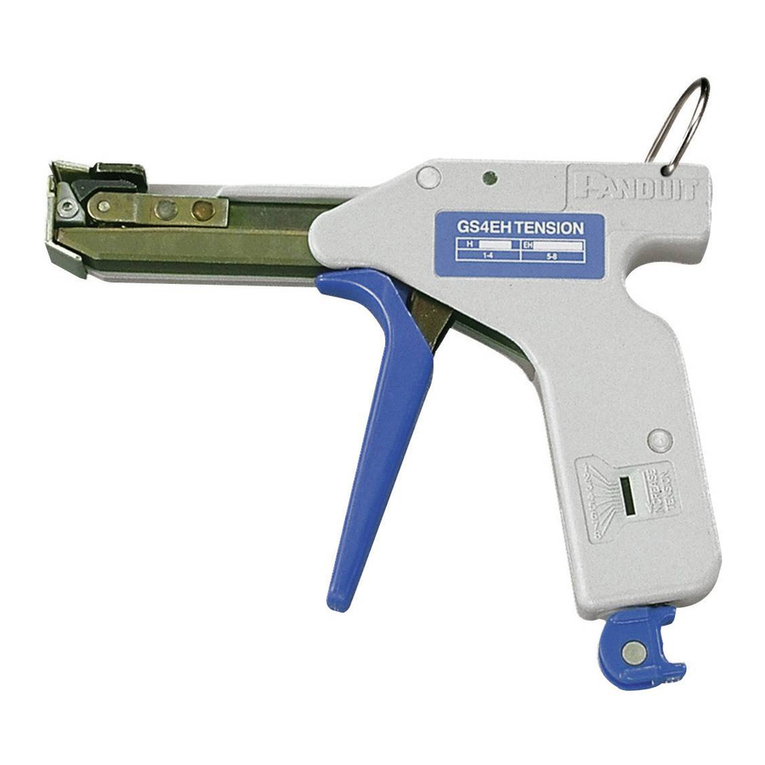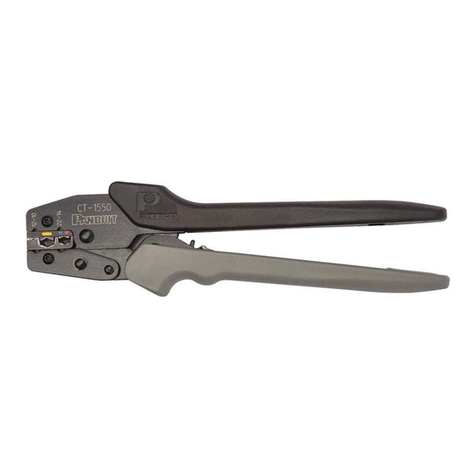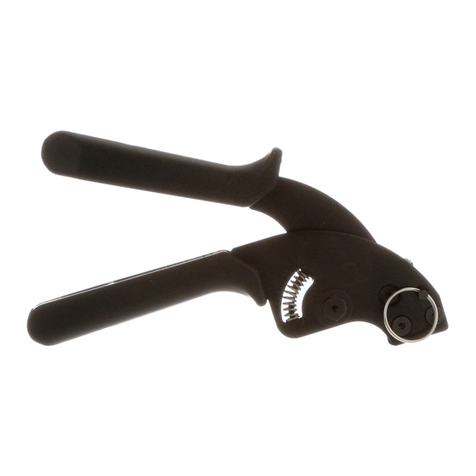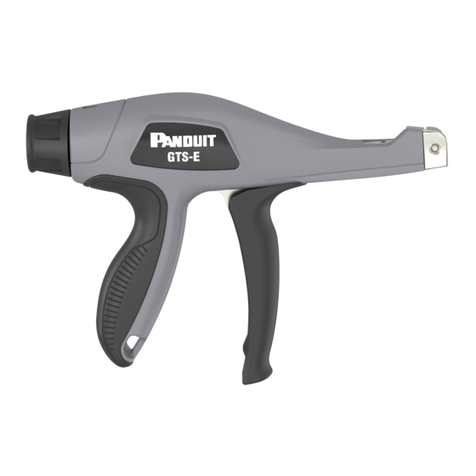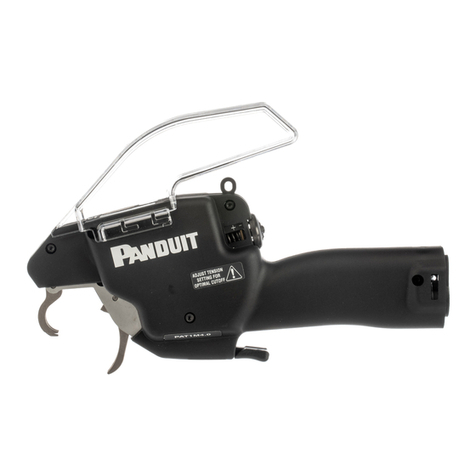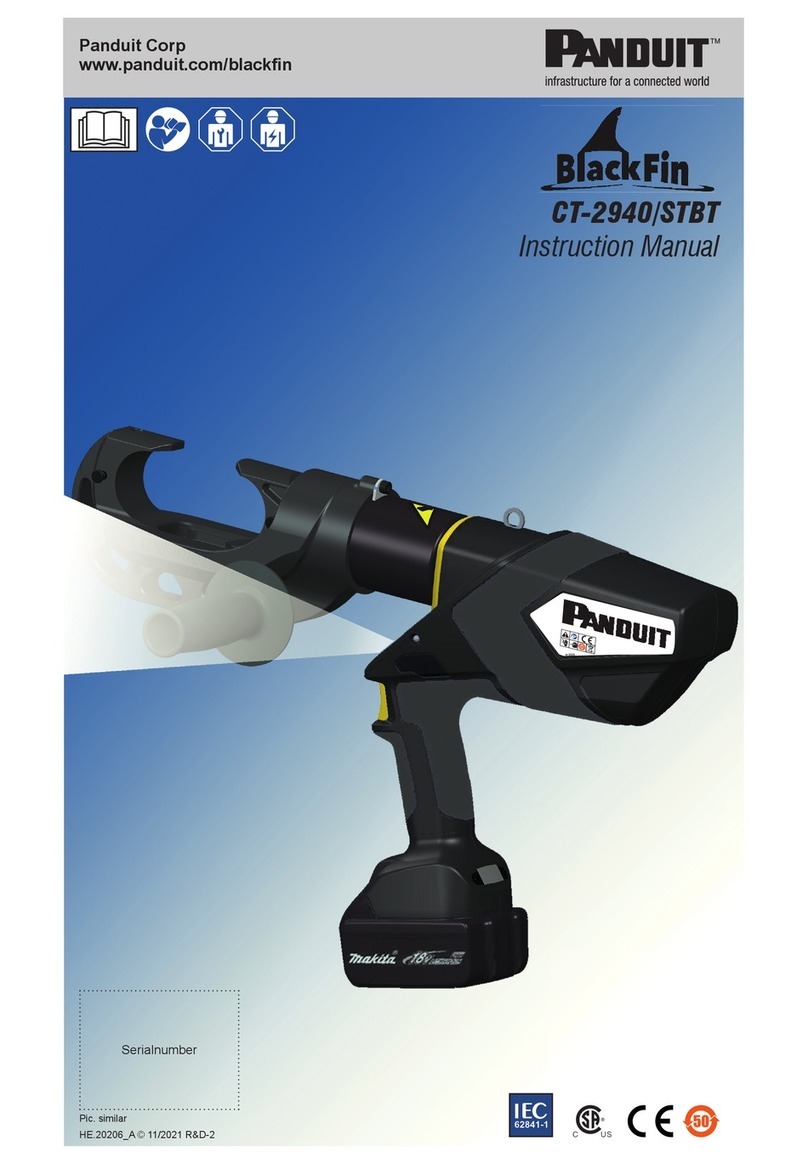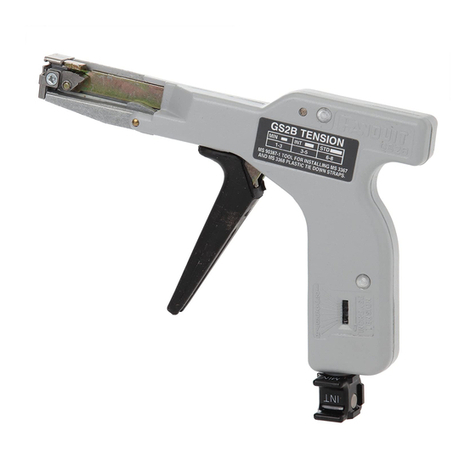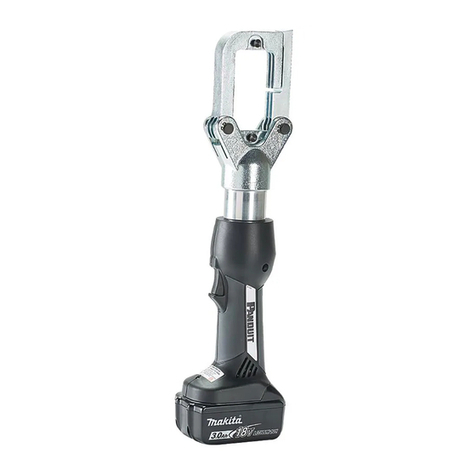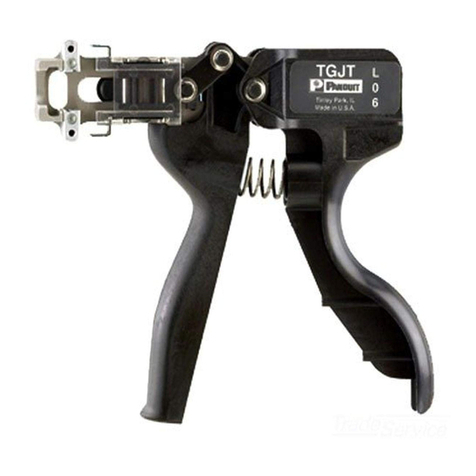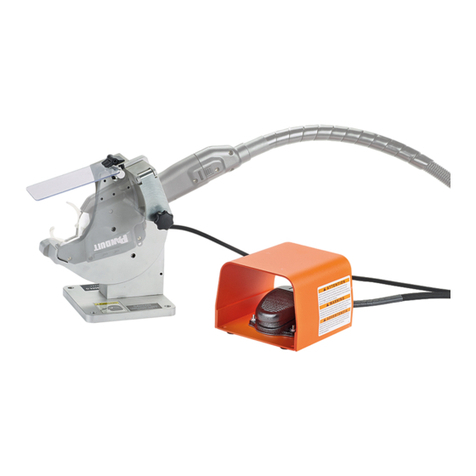
Page: 2 of 20
Projectile Hazards:
• Disconnect the pneumatic tool from the energy source when changing inserted tools or accessories
• Always wear impact-resistant eye protection during operation of the tool. The grade of protection required should be
assessed for each use
• Ensure that the workpiece is securely fixed
• Be aware that working on brittle material can cause harmful splinters
Operating Hazards:
• Use of the tool may expose the operator’s hands to hazards, including impacts, cuts, abrasions and heat; wear
suitable gloves to protect hands
• Operators and maintenance personnel shall be physically able to handle the bulk, weight and power of the tool
• Hold the tool correctly; re ready to counteract normal or sudden movements and have both hands available
• Maintain a balanced body position and secure footing; avoid awkward or off-balanced postures, change posture during
extended tasks; this can help avoid discomfort and fatigue
• Use only lubricants recommended by the manufacturer
• Be aware of the risk of a whipping compressed air hose
Repetitive Motion Hazards:
• When using a pneumatic tool to perform work-related activities, the operator can experience discomfort in the hands, arms
shoulders, neck or other parts of the body
• While using a pneumatic tool, the operator should adopt a comfortable posture while maintaining secure footing and avoid-
ing awkward or off-balance postures. The operator should change posture during extended tasks; this can help avoid
discomfort and fatigue
• f the operator experiences symptoms such as persistent or recurring discomfort, pain, throbbing, aching, tingling,
numbness, burning sensations or stiffness; these warning signs should not be ignored. The operator should tell the
employer and consult a qualified health professional
Workplace Hazards:
• Slips, trips and falls are major causes of workplace injury. Be aware of slippery surfaces caused by use of the tool and also
of trip hazards caused by the air line or hydraulic hose
• Proceed with care in unfamiliar surroundings. There can be hidden hazards, such as electricity or other utility lines
• Ensure that there are no electrical cables, gas pipes, etc., which can cause a hazard if damaged by use of the tool
Additional Safety Instructions:
• Air under pressure can cause severe injury. Always shut off air supply, drain hose of air pressure and disconnect tool from
air supply when not in use, before changing accessories or when making repairs
• Whipping hoses can cause severe injury. Always check for damaged or loose hoses and fittings
• DO NOT exceed the maximum air pressure stated on the tool
• Never carry a pneumatic tool by the hose
Periodic Maintenance:
Make sure tool is clean before each use.
SETUP
1. Connect 1/8” NPT male fitting of PPH10 Air Supply Hose to 1/8” NPT female port of PL289N1 Filter/Regulator.
2. Connect 1/8” female quick disconnect socket end of Air Supply Hose to 1/8” male quick disconnect plug at end of PPTMT
Tool.
3. Connect filter/regulator to main non-lubricated air supply and set regulator at 85 PS G (5,9 bar). See Air Supply
specifications on next page.
© Panduit Corp. 2015 OPERATION INSTRUCTIONS PPTMT-EN
NOTE: n the interest of higher quality and value, Panduit products are continually being improved and updated.
Consequently, pictures may vary from the enclosed product.
